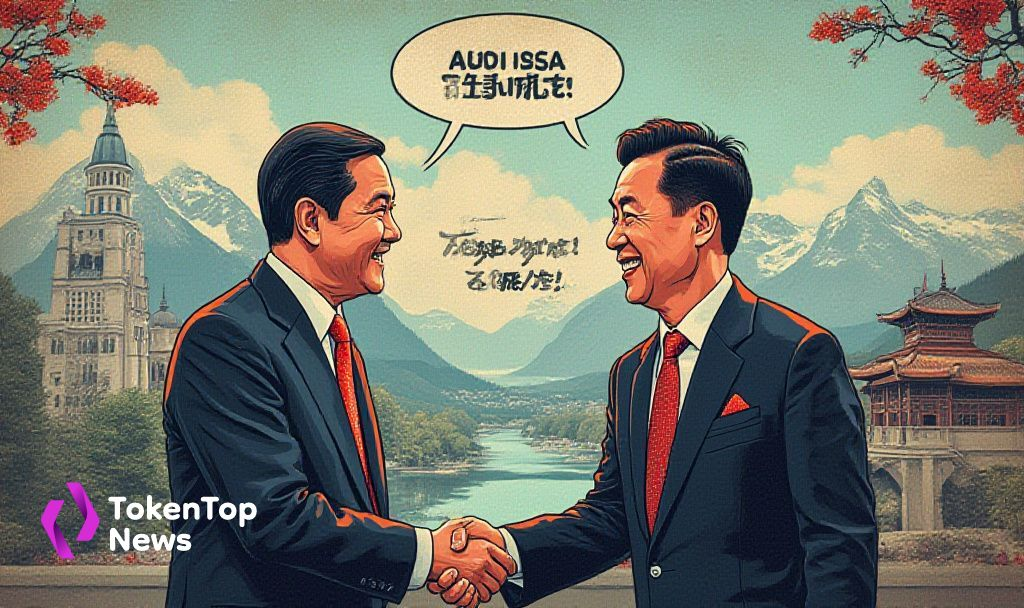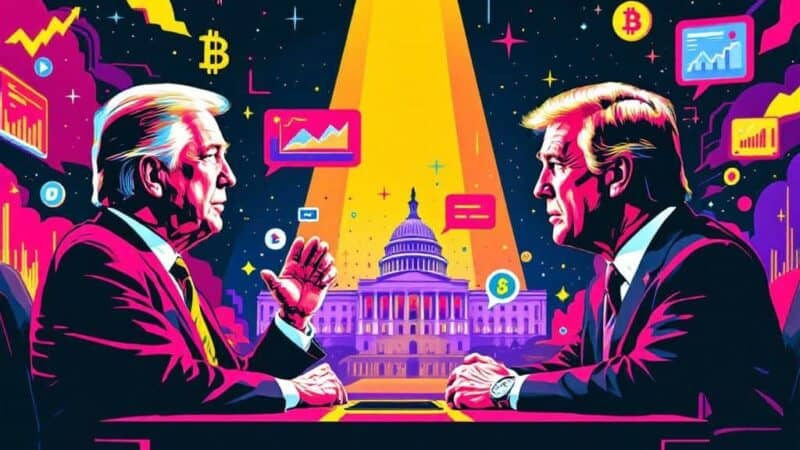U.S.-China Tariff Deal Reached, Markets React Positively
- Main event, leadership changes, market impact, financial shifts, or expert insights.
- U.S. and China agree to sharp tariff cuts.
- Global markets gain confidence following the news.

The event marks a crucial step towards easing trade tensions, with both nations reducing tariffs significantly. Market reactions were immediate, highlighting optimism about future economic interactions.
U.S. Treasury Secretary Scott Bessent led discussions with Chinese Vice Premier He Lifeng to ease trade tensions. The talks led to a significant agreement, aimed at lowering tariffs by over 100 percentage points while maintaining a 10% baseline. In the words of Scott Bessent, “The shared understanding from both delegations this weekend is that neither party desires a decoupling. The imposition of such high tariffs was akin to an embargo, which neither side wishes to pursue. Our objective is to promote trade.”
Leading figures involved include President Donald J. Trump and Scott Bessent. The high-level discussions resulted in sharp tariff reductions and a 90-day suspension of hostilities, promoting increased trade and economic collaboration between the nations.
Immediate effects included a positive shift in global equities and a strengthened U.S. dollar. The agreement has improved market sentiment, calming fears of a potential economic recession and boosting investor confidence in the economy.
These developments hold considerable financial implications, impacting global trade strategies and market dynamics. The deal reflects a strategic alignment in international economic policy, with potential benefits for American businesses operating in China.
Despite the absence of direct references to crypto assets, the deal could positively influence market liquidity. Historical data suggests stabilized trade relations often lead to liquidity increases, potentially benefiting major cryptocurrencies and digital assets.




